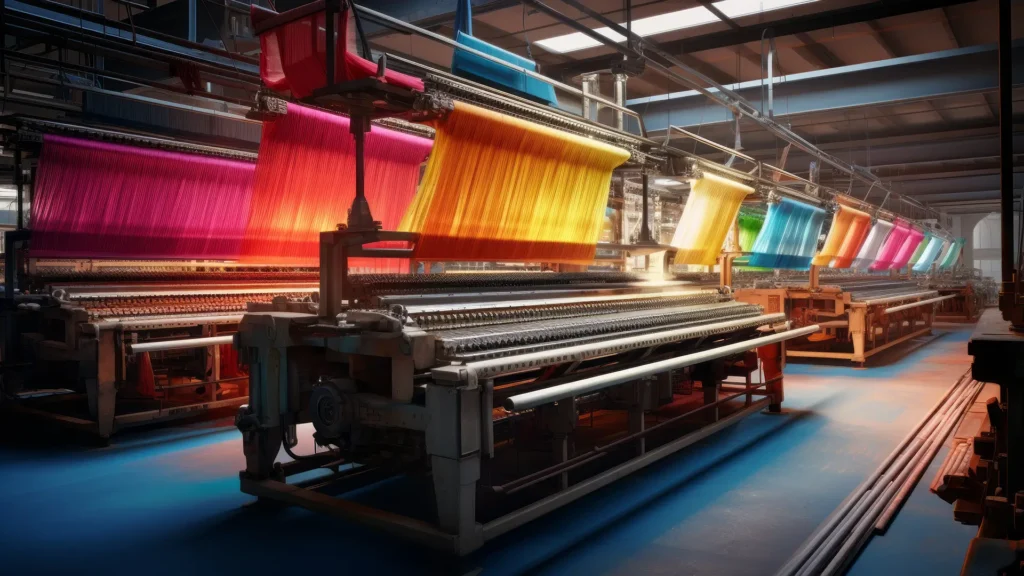What are the most significant hidden environmental costs of fast fashion?
Fast fashion generates massive textile waste and consumes vast amounts of natural resources, highlighting the urgent need for impact assessment in the garment industry. Beyond carbon emissions and landfill waste, hidden costs include water depletion, toxic chemical pollution, deforestation for fibre production, and the destruction of biodiversity due to synthetic microplastics entering ecosystems.
How does textile waste impact local communities?
Textile waste doesn’t just affect the environment—it has social consequences. Many discarded garments are shipped to developing countries, where they overwhelm waste management systems and create environmental hazards. Additionally, chemicals from improperly disposed textiles leach into water sources, affecting community health.
How can custom clothing manufacturers reduce their water consumption?
By implementing low-water dyeing technologies, closed-loop water systems, and choosing organic or recycled fibres, all essential for sustainable and circular textiles., custom clothing manufacturers can drastically reduce their water footprint. Some brands also invest in waterless techniques, such as CO2 dyeing and digital printing, to eliminate water pollution.
What are the best sustainable alternatives to synthetic fibres?
Sustainable alternatives to petroleum-based fabrics like polyester and nylon include organic cotton, hemp, bamboo, Tencel, Piñatex (pineapple fibre), and lab-grown biofabricated textiles. These materials require fewer chemicals, use less water, and decompose naturally, reducing long-term environmental harm.
Why do synthetic fabrics contribute to microplastic pollution?
When synthetic fabrics like polyester, nylon, and acrylic are washed, they shed microscopic plastic fibres. These microplastics end up in oceans, harming marine life and entering the human food chain. Solutions include using plant-based fibres, investing in microplastic-filtering laundry technology, and supporting textile recycling initiatives.
Can biodegradable fabrics fully solve the fast fashion waste problem?
While biodegradable fabrics can reduce landfill waste, they are not a perfect solution if they are still produced unsustainably. The best approach is a combination of biodegradability, recycling, and waste reduction through circular fashion models that keep materials in use for as long as possible, promoting sustainability in the textile industry.
What is the role of government regulations in reducing textile pollution?
Governments worldwide are beginning to implement Extended Producer Responsibility (EPR) laws, requiring fashion brands to take accountability for the entire lifecycle of their products and embrace sustainable and circular practices. Policies like those promoting slow fashion can significantly reduce the environmental performance of the textile industry. Textile recycling mandates, carbon emission taxes, and waste management incentives push the industry toward more sustainable practices.
How do carbon-neutral manufacturing processes work in the textile industry?
Carbon-neutral textile manufacturing involves sustainable and circular textiles to reduce environmental impact. Using renewable energy, offsetting emissions through carbon credits, and optimising supply chain efficiency. Brands committed to carbon neutrality invest in reforestation projects, biodegradable packaging, and sustainable logistics to balance their environmental impact.
How can consumers help reduce textile waste beyond donating and recycling?
Consumers can extend the life of their clothing by repairing garments, swapping clothes through community exchanges, choosing versatile, high-quality pieces, and supporting brands that offer take-back programs. Additionally, embracing a “buy less, buy better” philosophy significantly reduces waste.
What are the latest innovations shaping the future of sustainable textiles?
Recent innovations in textile sustainability include lab-grown leather (such as Mylo), algae-based fibres, biodegradable sequins, and fully compostable fabrics. AI-driven manufacturing is also helping optimize material use, reducing excess waste and improving energy efficiency in textile production.



